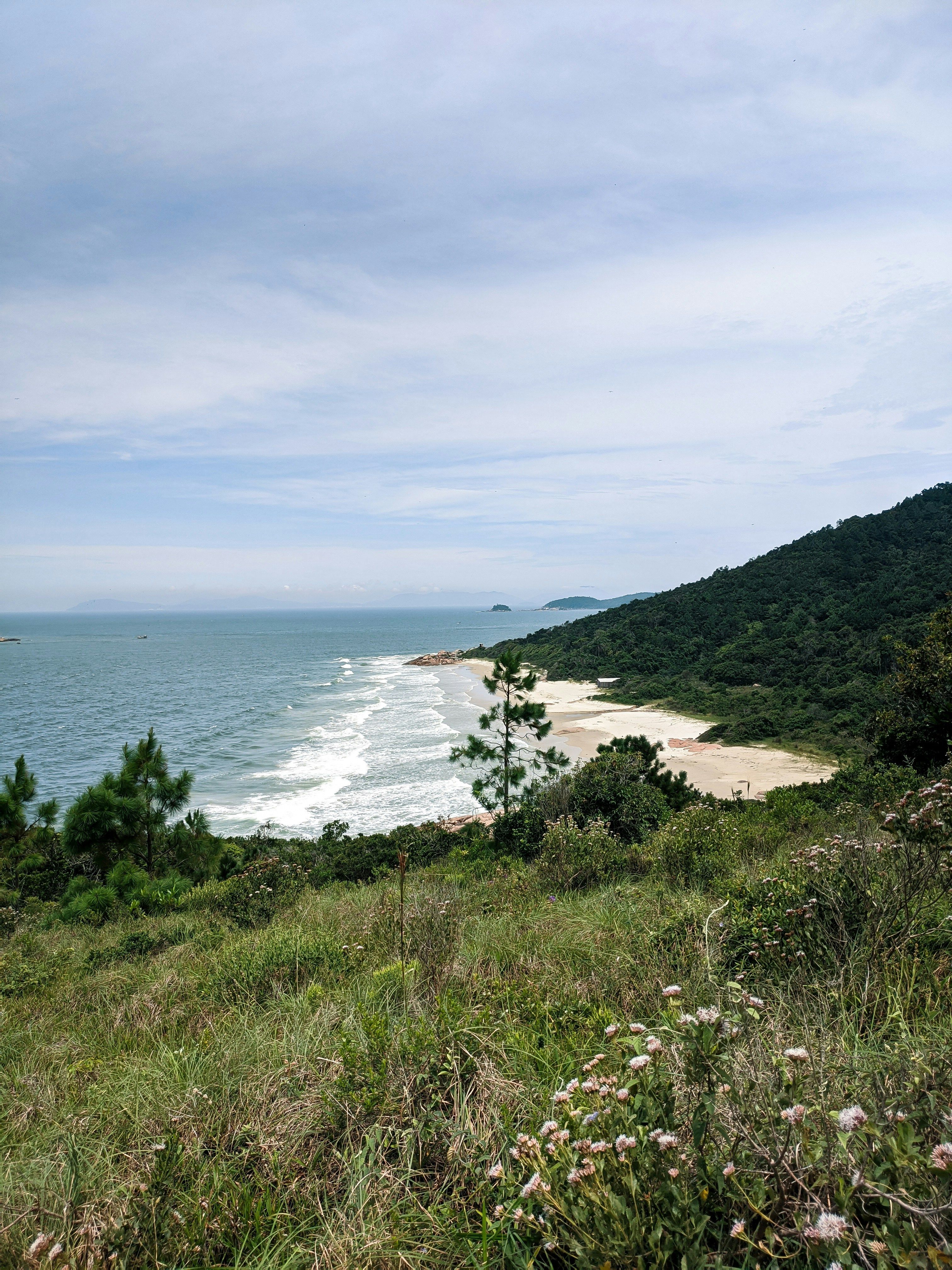Maintaining a Sustained Electricity Supply for Robust Economic Expansion
Laid-Back Guide to Vietnam's Power Plan
Hey bud, let's talk about electricity in Vietnam!
Vietnam's Electrifying Aim
Vietnam's Ministry of Industry and Trade is planning to keep the lights on and power up the economy, aiming for an 8% GDP growth in 2025. This electric mission involves some slick moves and tackling a few potential hiccups.
The Power Moves
- Steady Supply: The ministry's ready to roll out top-notch maintenance and a power plant readiness rating like nothing you've seen. They're also diving into stable fuel sources from coal, oil, and gas.
- Demand Forecasting: Anticipating a 12% surge in electricity demand, they've got a solid plan to ensure the power keeps flowing.
- Fast-Tracked Projects: Need critical power projects? They're speeding up the building and completion of essential power generation and transmission projects.
- Policy Changes: The government's welcoming more investments in the electricity infrastructure to modernize the power systems.
- Energy Saving: They're encouraging users to cut back on electricity during peak hours for a more balanced power grid.
- National Power Development Plan 8 (PDP8): This new game plan boosts power generation capacity significantly, focusing on renewable energy sources like solar and wind, and even introducing nuclear power for the first time.
- Grid Expansion: PDP8 includes the development of power sources and grid connections with neighboring countries for a diversified and reliable power supply.
- Support for LNG Power Plants: Vietnam's looking to LNG power to meet its growing energy needs for the next few decades.
The Challenges
- Balancing Demand: Meeting projected electricity demand while targeting GDP growth requires precise demand forecasting and rapid infrastructure scaling.
- Fuel Supply Stability: Ensuring consistent coal, oil, and gas supplies is crucial for reliable power plant operations.
- Infrastructure Development Speed: Upping the infrastructure game faces logistical, regulatory, and technical challenges, particularly when meeting tight deadlines.
- Transition to Renewable Energy: Integrating variable renewable energy (solar, wind) requires grid modernization, storage solutions, and balancing mechanisms for steady power flow.
- Investment and Policy Implementation: Securing investments and smoothly implementing revised policies are essential for supporting rapid expansion and diversification of power sources.
- Pricing and Consumption Management: Power pricing adjustments are needed to reflect costs and incentivize efficiency, especially during peak demand.
The Bottom Line
A 110 kV transformer station in Thanh Hóa Province. Ministry of Industry and Trade has a comprehensive plan to supply enough electricity for the country.- VNA/VNS Photo
Vietnam's taking a multi-faceted approach, focusing on steady power operations, fast-tracking infrastructure projects, optimizing fuel supplies, promoting energy savings, and significantly expanding renewable energy capacity, as per the revised PDP8. These moves are set to ensure a steady power supply to power the government's ambitious GDP growth aims while overcoming energy management, investment, technology, and logistical hurdles.
- The government is working to boost the economy by ensuring a steady electricity supply, aiming for an 8% GDP growth in 2025, a mission that involves tackling potential hiccups in fuel sources, demand forecasting, and infrastructure development.
- In the pursuit of meeting projected electricity demand, the Ministry of Industry and Trade is focusing on renewable energy sources like solar and wind, even introducing nuclear power, and expanding power sources and grid connections with neighboring countries.
- To accommodate the anticipated 12% surge in electricity demand, the ministry is taking steps like encouraging energy savings during peak hours, speeding up the completion of essential power generation and transmission projects, and implementing the National Power Development Plan 8 (PDP8).
- Vietnam is looking to Liquefied Natural Gas (LNG) power to meet its growing energy needs for the next few decades, and the government is welcoming more investments in the electricity infrastructure to modernize power systems.
- The challenges faced by Vietnam in maintaining a reliable electricity supply include balancing demand, ensuring fuel supply stability, overcoming logistical, regulatory, and technical challenges in infrastructure development, transitioning to renewable energy sources, securing investments, and managing power pricing and consumption.




